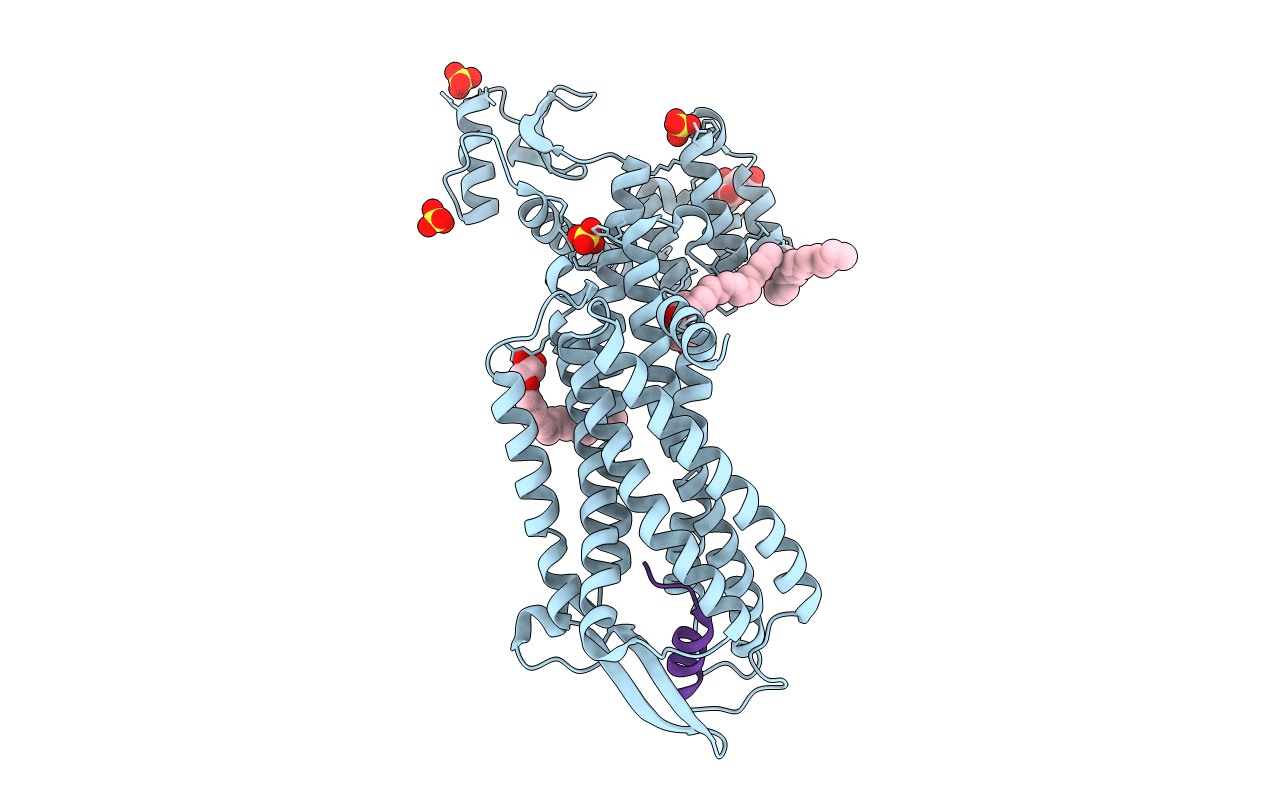
Deposition Date
2018-09-25
Release Date
2018-11-21
Last Version Date
2023-11-22
Entry Detail
PDB ID:
6IGL
Keywords:
Title:
Crystal Structure of human ETB receptor in complex with IRL1620
Biological Source:
Source Organism:
Homo sapiens (Taxon ID: 9606)
Enterobacteria phage RB59 (Taxon ID: 697290)
Enterobacteria phage RB59 (Taxon ID: 697290)
Host Organism:
Method Details:
Experimental Method:
Resolution:
2.70 Å
R-Value Free:
0.24
R-Value Work:
0.20
R-Value Observed:
0.20
Space Group:
C 2 2 21


